Caligula’s reign combined both madness and method: early, popular reforms and careful image-crafting gave way—after a grave illness—to provocative, theatrical politics that weaponized fear and humiliated elites, culminating in a Praetorian-led assassination that was as political as it was personal. Reassessing the “little soldier” shows a ruler who began with restorative gestures and savvy populism but increasingly staged transgressive acts—religious, fiscal, and military—that calculatedly undermined rivals while eroding the coalitions that sustained imperial authority.
Reframing the question
Caligula, born Gaius and nicknamed “Caligula” (“little boots”) in the Rhine camps, entered power with extraordinary goodwill rooted in the memory of Germanicus and the army’s affection for their child-mascot, which set the stage for a consensual, optimistic start to his rule. Ancient narratives by Suetonius, Cassius Dio, Philo, and Josephus frame his career through set pieces—beneficent beginnings, a transformative illness, sacrilegious provocations, and a violent end—inviting a fresh reading of political strategy amid sensational reports of cruelty and impiety. Modern syntheses emphasize both the literary topoi of “mad emperor” and the recoverable policy choices that affected taxation, elections, public accounts, provincial kingship, and the imperial cult across Rome and the provinces.
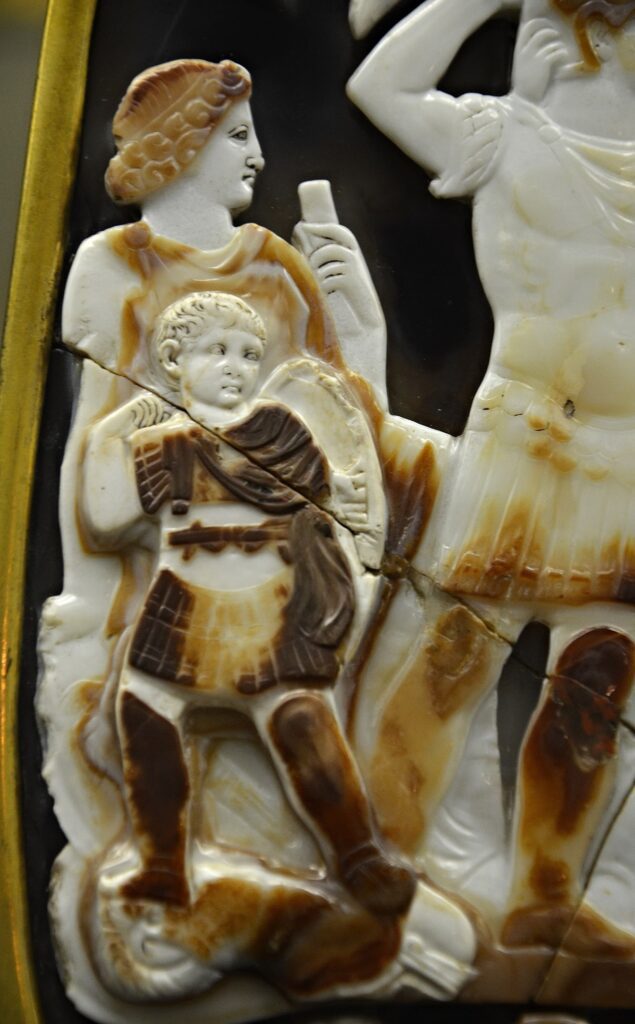
The “little soldier”
The nickname “Caligula” derived from the caligae (soldiers’ boots) he wore among Germanicus’s troops, a childhood bond that later fed expectations of a benevolent, soldier-friendly princeps. Suetonius underscores how that bond calmed a mutiny by sheer presence, foreshadowing the potent mixture of military theater and popular appeal that would mark his early months in power. This grassroots aura mattered when the senate and crowd swiftly vested him with full power in 37 CE, overriding Tiberius’s testament that had included another heir, thereby magnifying his initial mandate and responsibility to reward constituencies that acclaimed him “their star” and “nursling”.
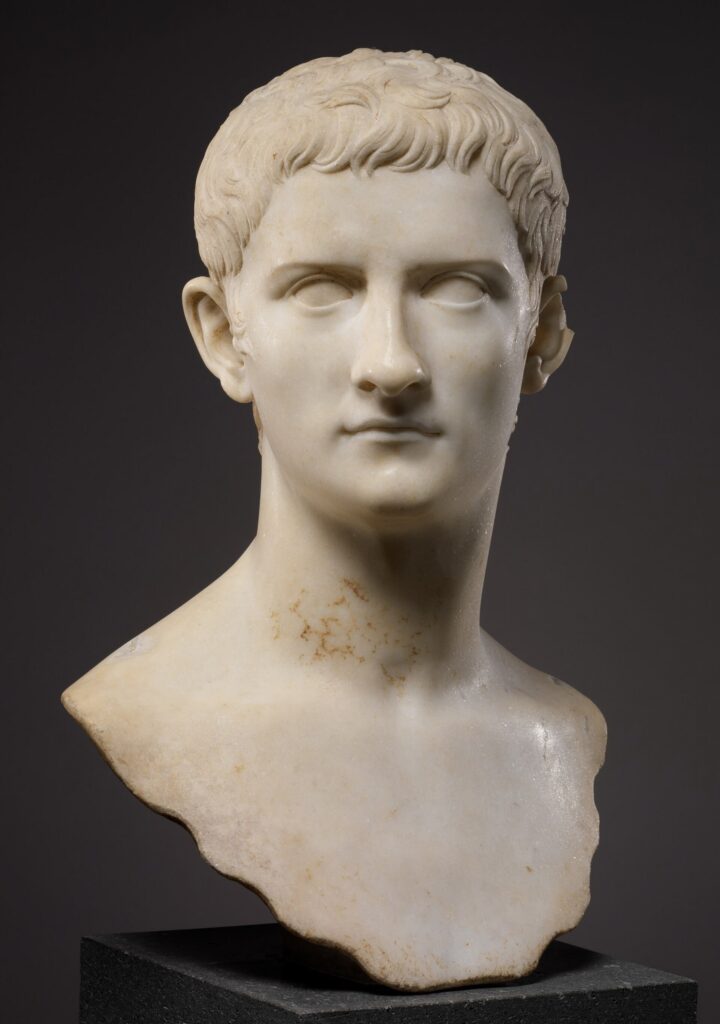
First popular reforms
Caligula’s opening measures were conspicuously restorative: he amnestied and recalled exiles, burned treason dossiers, restored elections in part to the people, published imperial accounts, and paid suppressed legacies—gestures that signaled a moral reset after Tiberius’s late tyranny. He remitted the auction tax (the ducentesima) in Italy and abolished a one‑percent levy, attracted to policies that visibly returned money and dignity to civic life even as “sensible” observers worried about fiscal sustainability if office and revenue bled away from the center. Donatives to the people and Praetorians, relief after fires, revised jury burdens, and high‑profile funerary piety for his mother and brother packaged clemency, generosity, and pietas into a program designed to legitimize a youthful princeps in the court of public opinion.
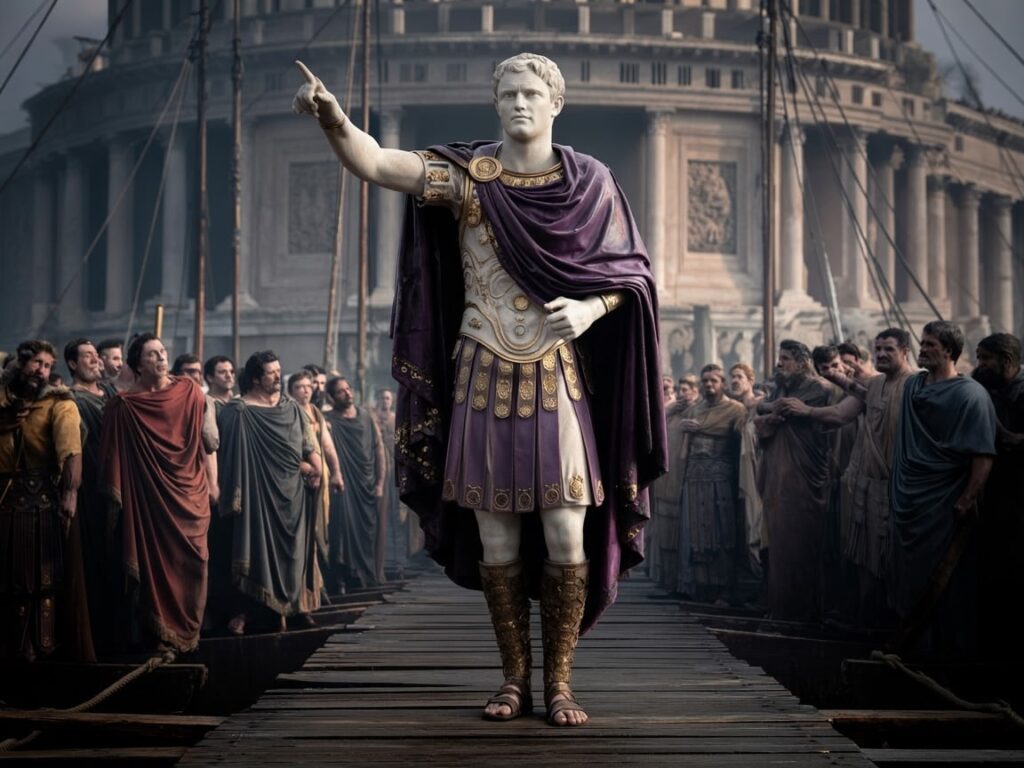
Elections and accounts
Dio emphasizes two symbolic reversals: publishing the fisc’s accounts, discontinued under Tiberius, and returning elements of elections to the people and plebs, both read as democratizing poses that nonetheless worried elites about disorder and patronage capture. Suetonius corroborates the financial transparency and tax relief, adding the payment of Julia Augusta’s will (suppressed under Tiberius) to dramatize institutional housekeeping as moral politics. The coherent through-line is reputational: a princeps who performs “open books” and civic ritual repair to contrast sharply with the secrecy and treason trials of the preceding regime.
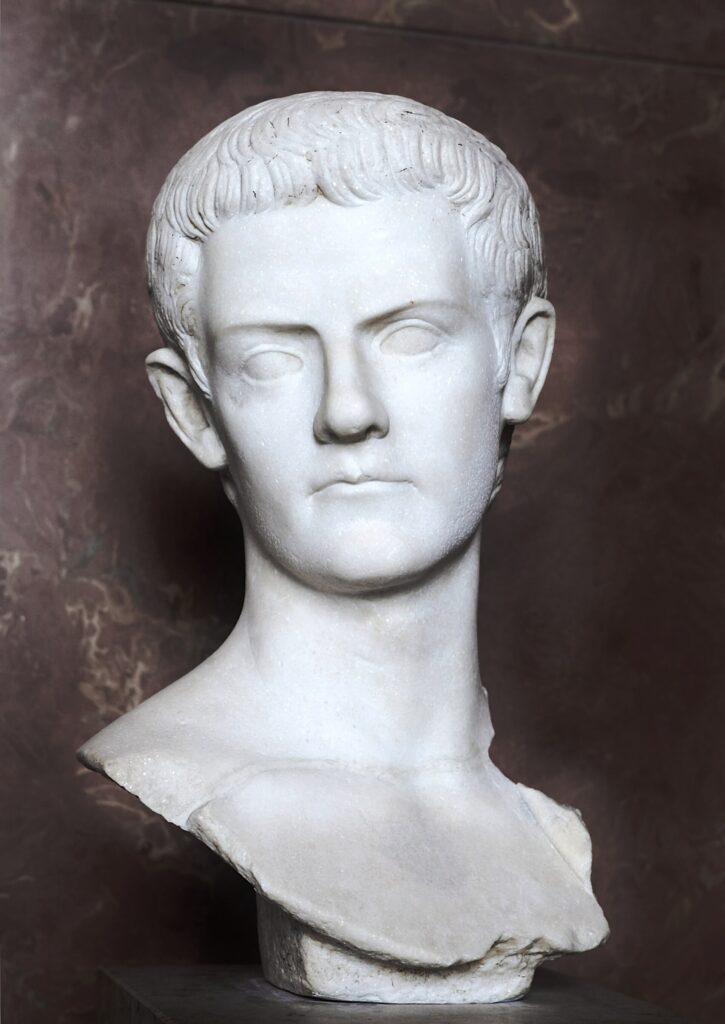
The illness and the turn
Six months in, Caligula fell gravely ill, after which ancient authors mark a qualitative shift toward suspicion, performative cruelty, and heightened autocracy, including executions of those who had vowed their lives for his recovery. Dio’s narrative ties the illness to a raft of punitive decisions—against Tiberius Gemellus, prominent families, and oath-vowers—while Suetonius and Philo frame post‑illness behavior as “valitudo mentis” and “mania,” embedding the moralizing topos of bodily crisis birthing political derangement. Modern discussions catalogue hypotheses—epilepsy, encephalitis, affective or psychotic disorders—yet stress the impossibility of diagnosis and the polemical nature of ancient medicalized invective against a hated ruler.
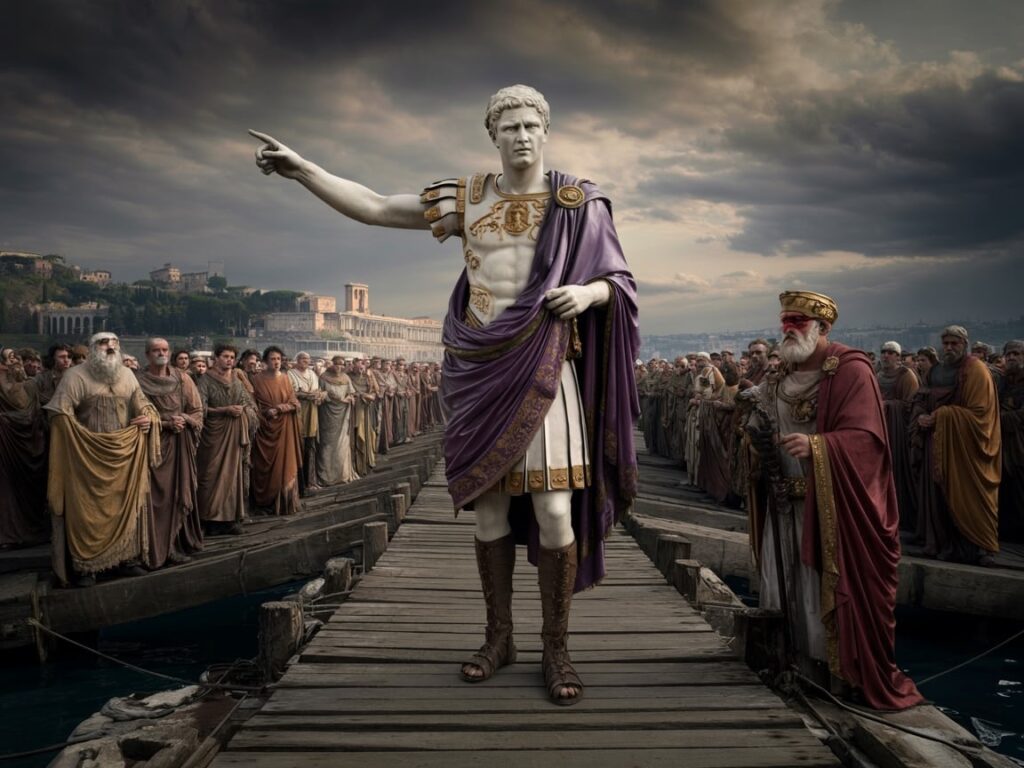
Madness or method?
Even in hostile sources, post‑illness policies retain legible political logic: purging archives while later re‑using documents against enemies, alternating lavish games with fiscal extraction, and scripting spectacles that positioned the princeps above civic norms suggest calibrated domination rather than mere incoherence. The famous line “oderint, dum metuant” (“let them hate, so long as they fear”) attributed via Suetonius encapsulates a theory of rule by awe and terror fit for a court riven by informers and fragile loyalties. Philo’s Embassy shows a ruler using provocation—especially toward Jews in Alexandria and Judea—to test obedience and reformat religious hierarchies under an imperial self‑cult, a pattern intelligible as governance by transgression even if experienced as sacrilege by subjects and critics.
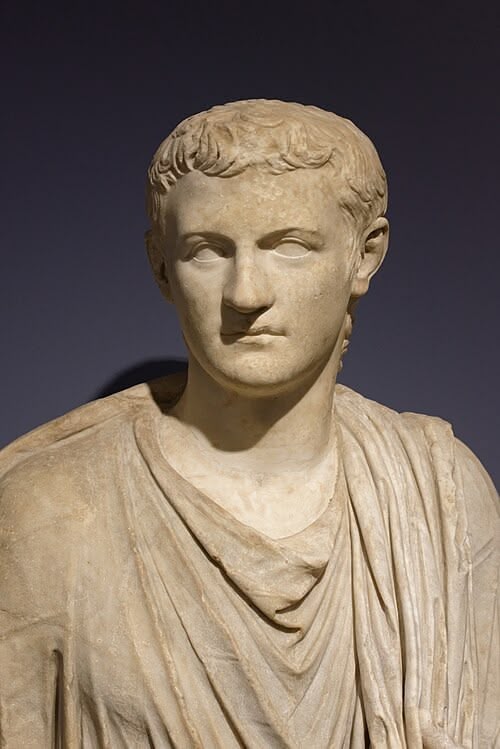
Calculated provocations
Technologies of affront defined Caligula’s political theater: repurposing the temple of Castor and Pollux as a personal vestibule, building a bridge from the Palatine to the Capitol, and staging dialogues with Jupiter publicized a sacralized autocracy that re‑centered ritual around the emperor’s person. The Baiae–Puteoli ship‑bridge, a monumental “Appian Way” afloat ridden in full regalia, has been read as Xerxean hubris, a message to Britain and Germany, and a riposte to an astrologer’s prophecy—all interpretations agreeing on its function as propaganda of boundless capability. The taunt “Utinam populus Romanus unam cervicem haberet!”—“Would that the Roman people had but a single neck”—appears in Dio during conflicts with the crowd over the games, capturing a studied public ferocity that made fear itself part of governance.
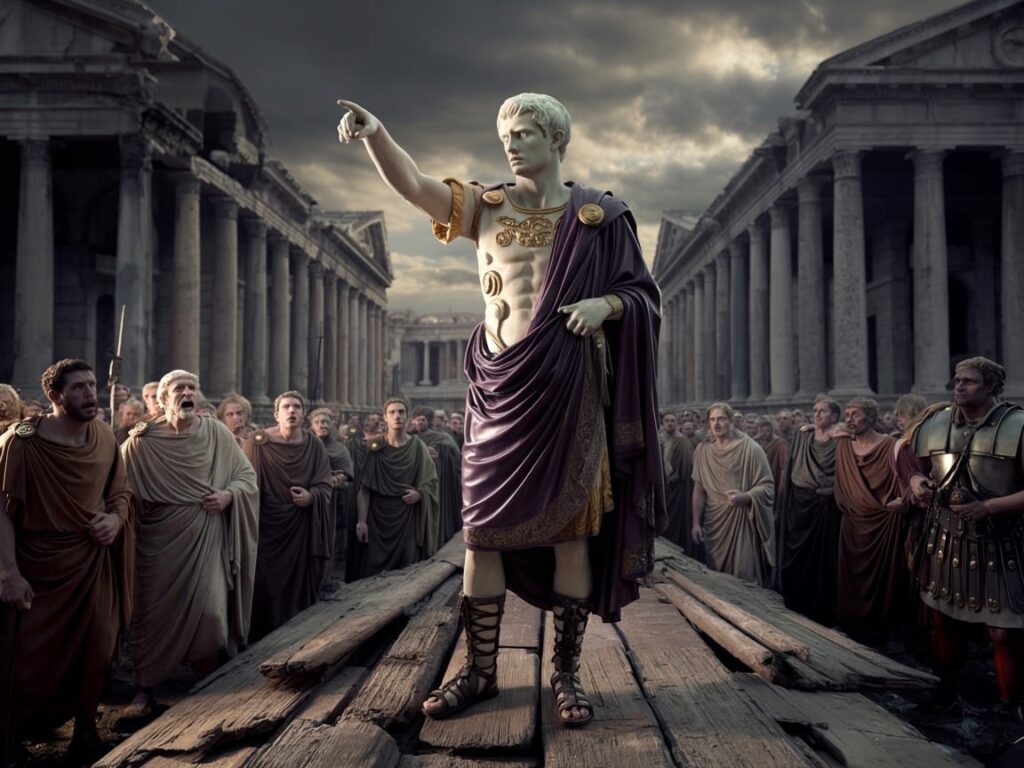
The Jewish crisis
Philo’s Legatio portrays escalating slights toward Jews in Alexandria and the near‑installation of Caligula’s statue in the Jerusalem Temple, an intentional shock to monotheist sensibilities that weaponized the imperial cult as a loyalty test. Agrippa’s letter in Philo pleads against the statue, underscoring the governor Petronius’s near‑open resistance and the systemic strain these provocations placed on provincial administration. In Philo’s telling, the staged encounter on the Esquiline—with the emperor wandering through gardens and quipping about pork—illustrates a sovereign who controlled the dramaturgy of petition by spatial and conversational humiliation, not merely by decrees.
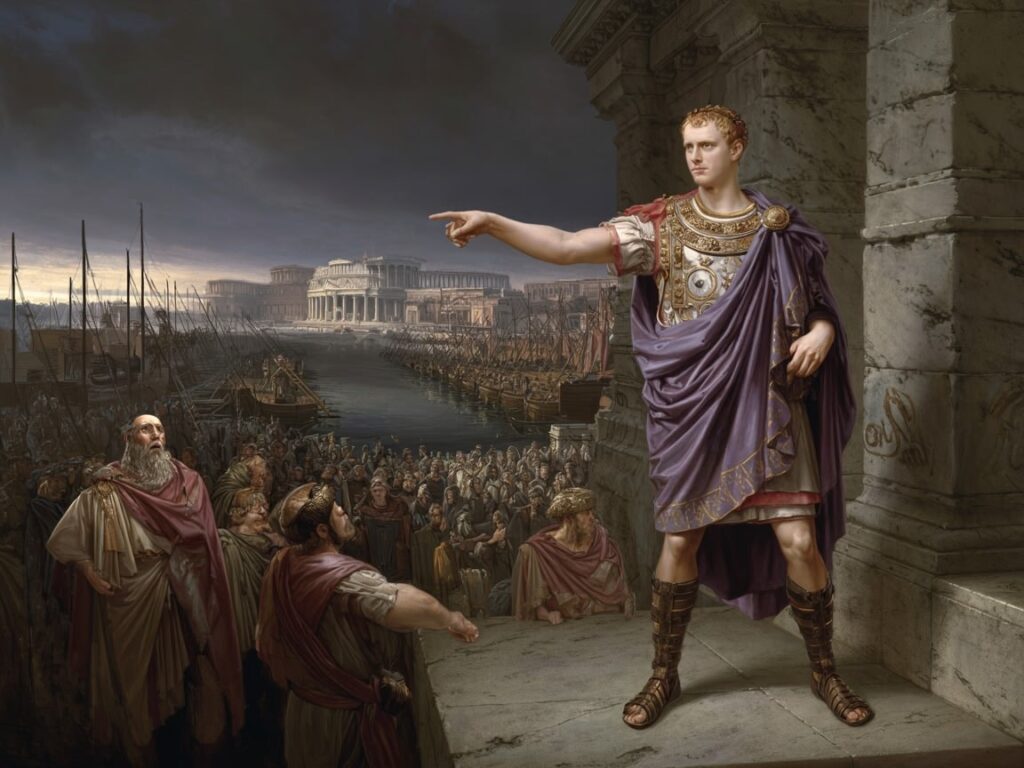
Military theater and Britain
Dio’s Book 59 famously narrates the Channel episode: lines drawn up “as if” to invade Britain, a brief sortie, a return to shore, a signal as for battle, and an order to gather “spoils of the ocean”—shells—to adorn a triumphal procession, converting war into metatheater of conquest. Suetonius gives a version connected to a promised donative and a lighthouse-like tower “as from the Pharos,” reinforcing that public reception of “victory” mattered as much as strategic geography. Later epitomes (Aurelius Victor) and summaries agree on the conchae, while modern discussions argue the scene functioned as controlled spectacle training and coastal infrastructure wrapped in deliberate absurdity to unman critics and enthrall crowds.
Germany and the legions
Dio sketches tense relations with the people over spectacles and with elites over prosecutions and confiscations, while the chariot‑racing persona and gladiatorial displays blurred lines between princeps and performer, a fusion that cemented mass appeal but affronted aristocratic decorum. The same persona underpinned command postures in the north, where rumor and rehearsal could substitute for campaign, reducing military risk while producing the optics of domination for audiences in Rome and the provinces. As with the bridge at Baiae, the legibility lies in the outcome: a staged omnipotence that made imperial will the only logic tying together war, worship, and welfare.
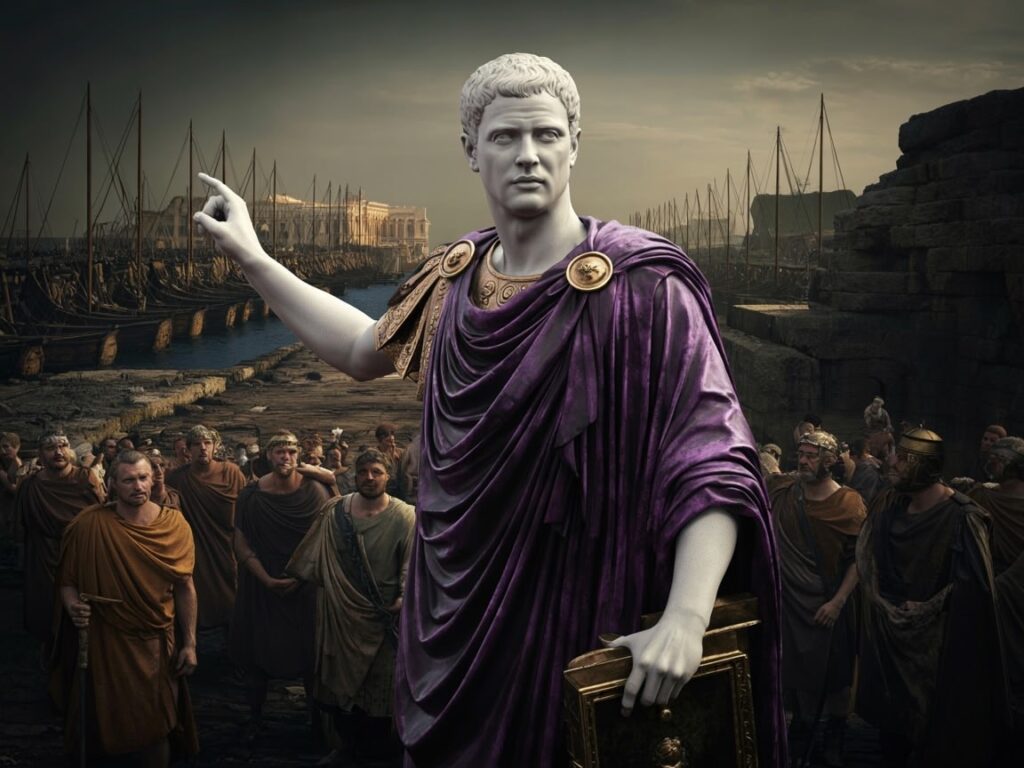
From generosity to extraction
Dio’s figures make clear that early largesse rapidly exhausted the swollen treasury—2.3 to 3.3 billion sesterces found, gone before year three—pushing the court into creative monetization of games, estates, and inheritances. Suetonius catalogs “new and unheard‑of taxes,” auctions that squeezed officeholders, and sales of gladiators to magistrates forced to put on shows, all justifying elite hostility while funding the theatrical state. Confiscations of properties under revived maiestas and retroactive penalties on public contractors turned the moral reset of year one into a fiscal predation that elites could frame as madness even as it tracked the arithmetic of over‑spending and image maintenance.
Archives and accusations
Caligula’s performance with documents—publicly burning treason files, later reading from “the very documents” he claimed destroyed—illustrates a ruler for whom the archive itself was a stage prop in the politics of fear and absolution. Dio reports a public speech rehabilitating Tiberius and denouncing the senate’s fickleness, capped by restoring the maiestas charge and inscribing commands on bronze, hardening the legal backbone of his domination theatre. That oscillation—clemency to severity—reads less as random than as iterative testing of boundaries with senate, people, and guards, underwritten by the maxim “oderint, dum metuant”.
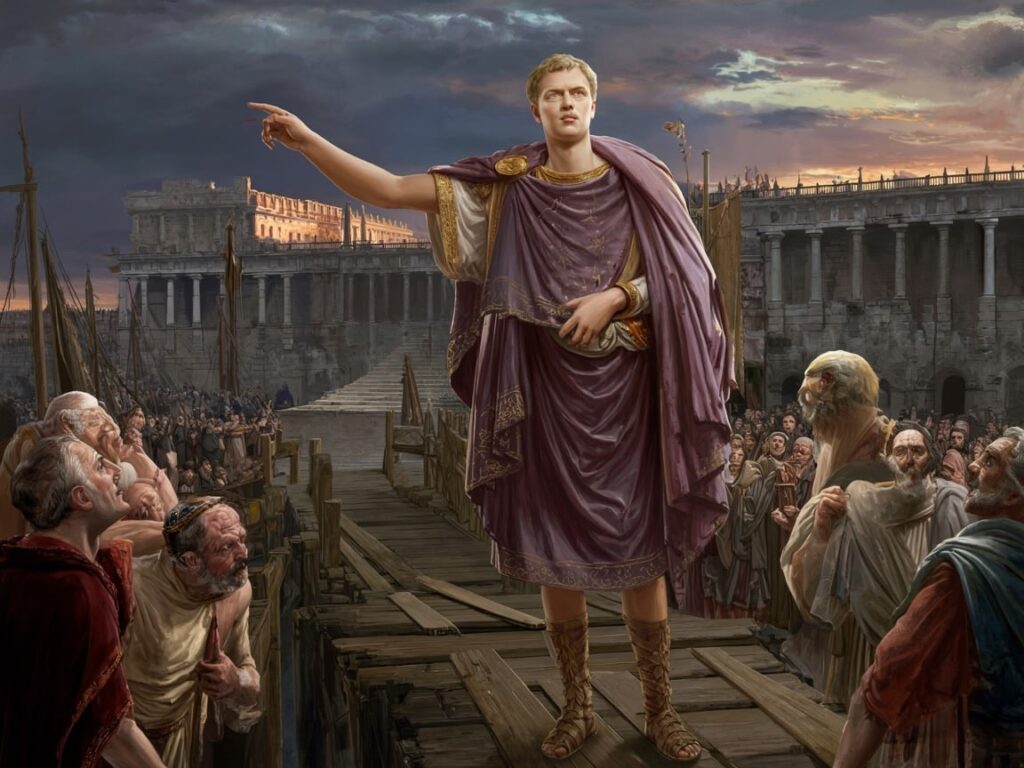
The assassination
Josephus provides the fullest continuous account of the murder at the Palatine games: tribune Cassius Chaerea strikes first, others join in a confined passage, and the emperor collapses under many wounds, a choreography recalling Caesar’s murder but with Praetorian leadership central. Josephus names motives—insults, policy grievances, and cultivated hatreds—while Dio frames the death and the panicked aftermath in which Claudius is discovered and elevated by the Praetorians, displaying the guard’s kingmaking power and transactional logic. The immediate pogrom and counter‑pogrom—killings of family and conspirators, senate bluster followed by submission—reveal a system where guard, court, and senate triage succession under the stress of an emperor who had alienated all three in different ways.
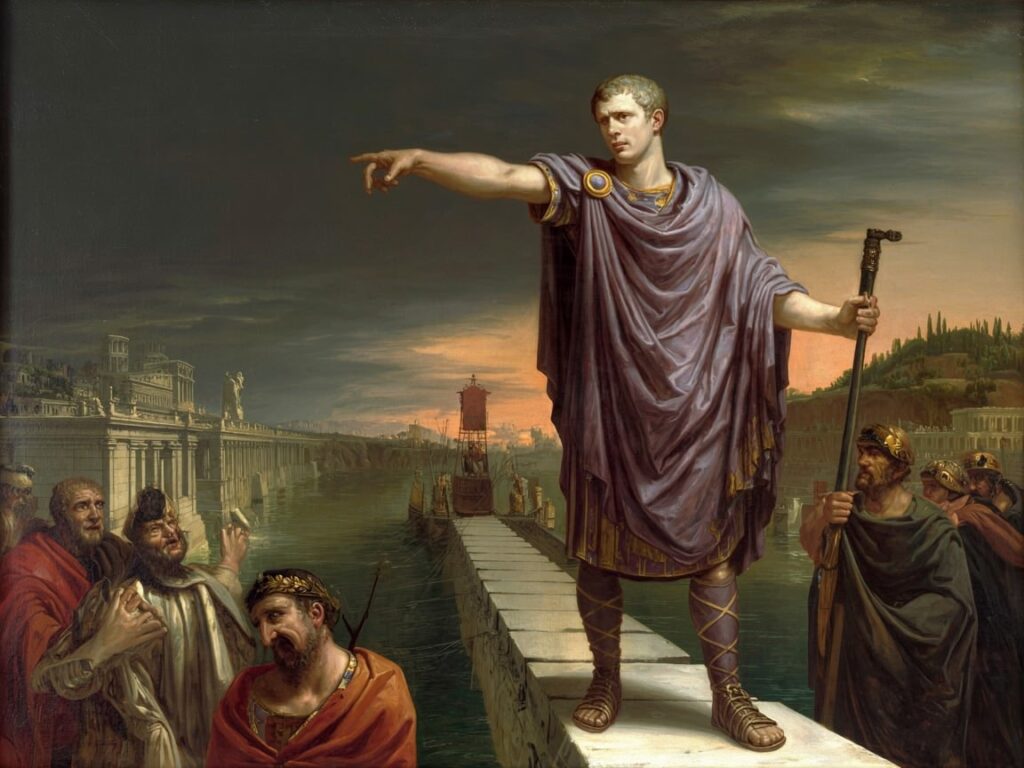
The Praetorian calculus
Calling the event a “Praetorian assassination” is justified by the tribunate leadership and the guard’s decisive role in securing Claudius, even if senators and equestrians were party to the plot and its normalization. Josephus’s dramatic emphasis on Chaerea’s first blow and the conspirators’ desire to bloody their swords echoes older Roman models while underlining the institutional grievance of officers demeaned by imperial taunts and sidelined by courtiers and performers. The guard’s swift shift from regicide to enthronement makes sense within a political economy where donatives, dignity, and policy veto power mattered more than constitutional theory, and where Caligula’s humiliations had made fear exceed loyalty.
Rethinking “madness”
Ancient invective medicalizes what can also be mapped as strategy: centralization of cult, demotion of senate, cultivation of mass spectacle, selective legal terror, and theatrical militarism are coherent tools for a ruler without Augustus’s capital of trust or Tiberius’s bureaucratic insulation. Post‑illness changes are real in the sources, but their direction—toward sacral monarchy and affective domination—aligns with policy needs created by early generosity, elite hostility, and volatile crowd politics. Modern scholarship stresses the undecidability of diagnoses and the literary agendas of our sources, urging a reading that distinguishes the politics of transgression from retrospective psychologizing by victims and moralists.
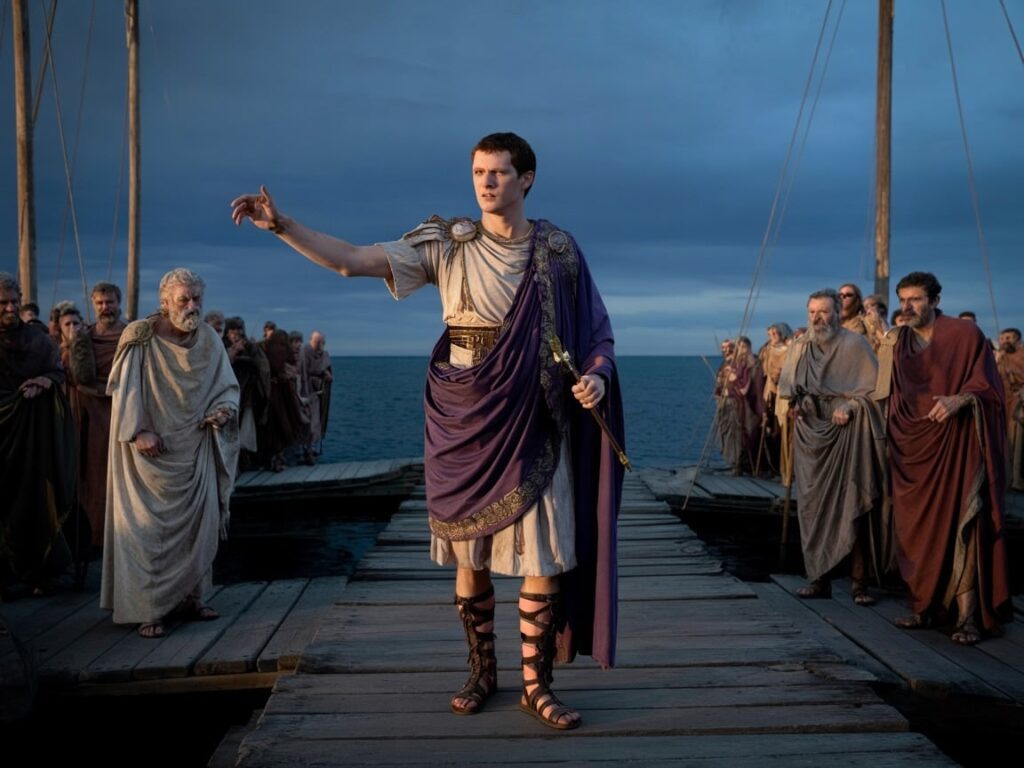
Latin voices
Suetonius’ ascription of “oderint, dum metuant” gives a Roman tragic stamp to a reign that visibly tested the limits of fear as a bond of rule, while Dio’s “Unam cervicem!” line stages the princeps’s dreamed unity of populace as an object of absolute power. Philo’s narrative captures the shock of imperial claims to divinity—“Let there be one Lord, one King”—as a programmatic collapse of the distance between human princeps and cosmic authority. Taken together, these Latin and Greek testimonies show that contemporaries understood both the horror and the logic of a politics that fused temple, theatre, and tribunal in one sovereign body.
Verdict: folly or calculation?
Caligula’s opening reforms were popular, principled, and intelligible as a bid to reconstruct civic trust through clemency, transparency, and participation, even if they planted fiscal and institutional time bombs for later years. After his illness, provocations escalated: a personal cult in the temple precincts, ocean “victories,” archive dramaturgy, and biting insults that broke the senate and Praetorian compact—moves that look like unstable but real tactics to monopolize awe and redistribute dignity away from traditional elites. The assassination by Praetorian officers thus reads as the culmination of political arithmetic—fear without loyalty, theatre without coalition—rather than as the random end of a madman, even if madness is how hostile witnesses chose to narrate the experience of being ruled by him.

